
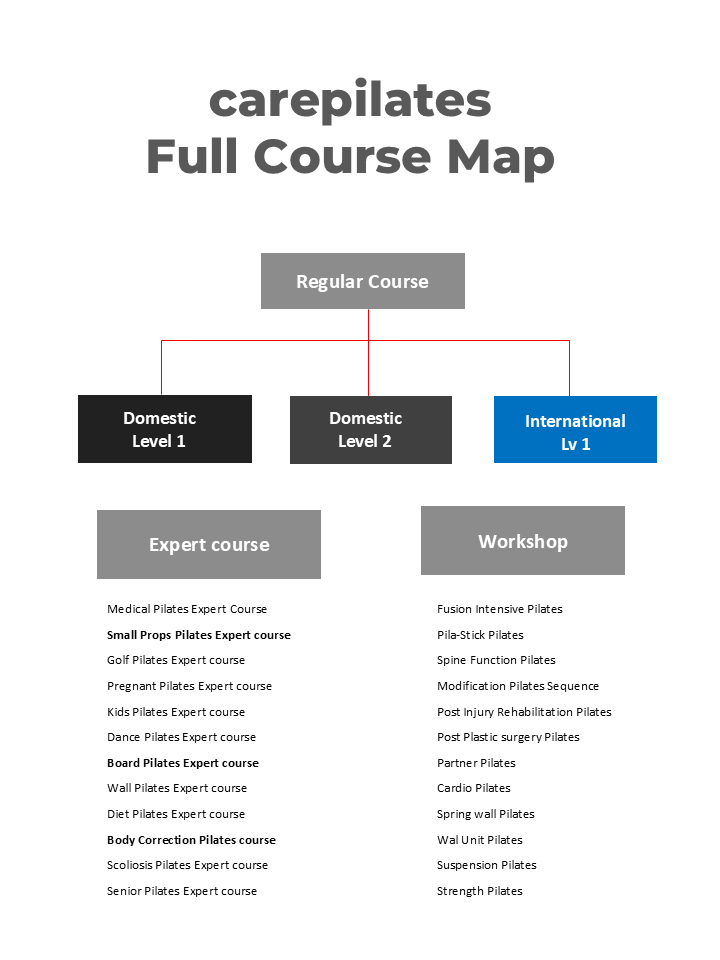
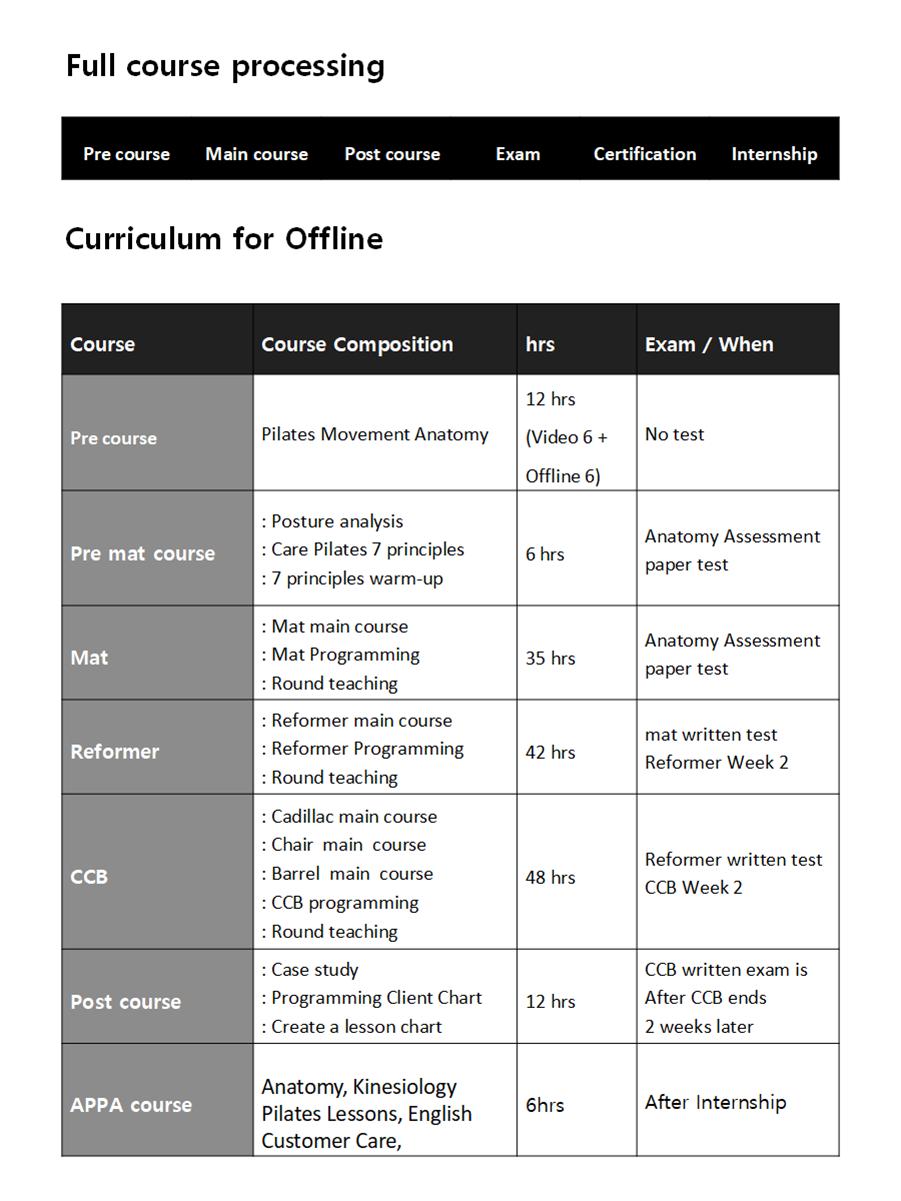
The Level 1 course is a Comprehensive Program, designed to systematically teach the original principles of Pilates as developed by Joseph Pilates. It is the most essential foundation for aspiring instructors and enables participants to teach beginner to intermediate-level lessons. This course is recognized globally and is a mandatory entry-level program for anyone who aims to become a professional Pilates instructor.
The Level 2 course is not simply composed of more difficult or complex movements than Level 1. Rather, it expands upon the principles of Care Pilates introduced in Level 1—applying them in a more diverse and multidirectional way. Care Pilates is built on seven essential principles, which must be maintained throughout all Pilates movements. This advanced course allows instructors to work with a wider range of clients, applying more versatile and adaptable Pilates programming.
(can be illustrated in a PPT diagram)
Applicants who register for the course receive an anatomy textbook and begin self-study prior to the main course.
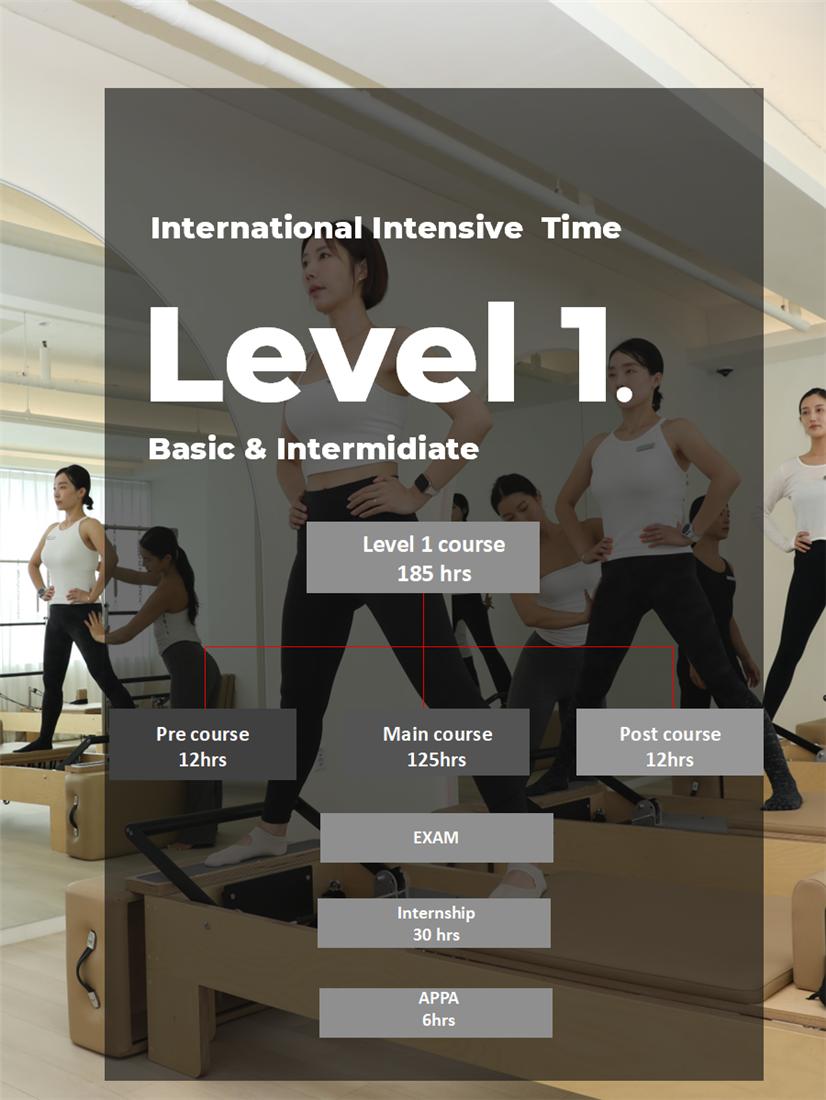
Pre-course contents include:
Pilates instructors must have a fundamental understanding of the structure and function of the human body. Pilates anatomy is not just about memorizing the names and actions of muscles—it goes far deeper than that.
Pilates is a form of movement education. As instructors, we guide clients through specific motions, which means we must understand how movement is generated and controlled within the body.
Only with this knowledge can instructors analyze why a client may perform a movement well—or why they may struggle with it. Understanding movement principles and biomechanics allows the instructor to safely and effectively guide clients.
Pilates is not a general fitness routine like basic stretching, aerobics, or jogging. If applied incorrectly, Pilates exercises can lead to serious side effects or injury. This is why instructors must understand when, how, and for whom a particular movement is appropriate.
To use Pilates movements as a form of functional training, the instructor must have a foundational knowledge of anatomy. This includes understanding:
Studying anatomy in advance allows aspiring instructors to grasp the logic behind movement and ensures they can apply Pilates safely and precisely from day one of training.
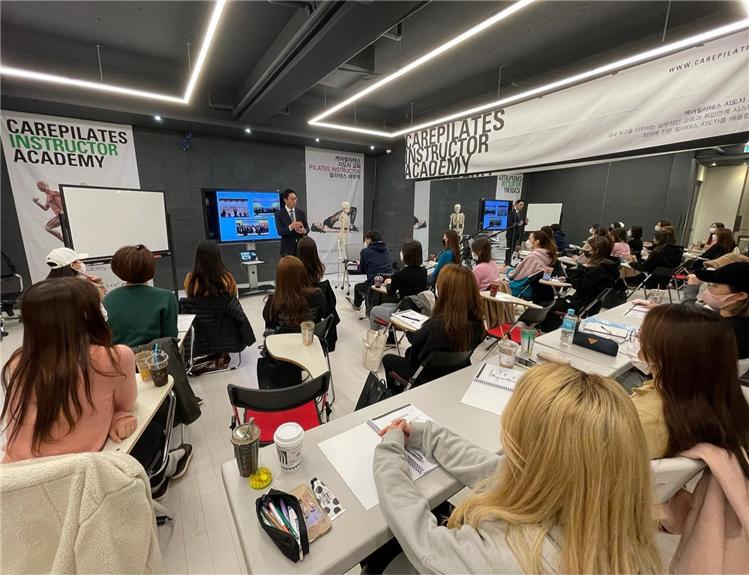
“The first true responsibility of a Pilates instructor is to determine whether a movement should be performed—or not.”
A Pilates instructor's first and foremost duty is to analyze the client's physical condition and movements, then determine which Pilates exercises are appropriate and necessary. To perform this analysis effectively, a solid understanding of anatomy is essential.
Everything from muscle function, posture and alignment analysis, movement analysis, to gait evaluation is rooted in anatomical knowledge.
Breathing is a foundational element in Pilates. Pilates anatomy training enables future instructors to understand:
This knowledge is crucial before entering the main instructor training.
In the Pilates anatomy course, trainees learn how Pilates exercises influence the human structure and function through anatomical principles. If Pilates helps improve posture and transform body mechanics, instructors must be able to explain why and how these changes occur.
The anatomy course helps trainees understand these cause-and-effect mechanisms, equipping them with the knowledge to teach consciously and safely.
This course does not teach anatomy as an academic discipline. Rather, it focuses on the practical connection between Pilates and anatomy. Even those who majored in anatomy cannot effectively teach this without in-depth Pilates experience. Only a specialist in both Pilates and anatomy can make that connection meaningful.
The founder of Care Pilates has led anatomy education for all participants over the past 22 years, backed by 16 years of clinical experience in hospitals and over 500 anatomy training sessions. He is recognized as a true master of Pilates-based anatomy education.
One week before the main instructor course begins, an offline anatomy session is conducted.
Students who have completed the online pre-study will gain deeper understanding during this session, where complex concepts are clarified through hands-on examples and real-world case studies.
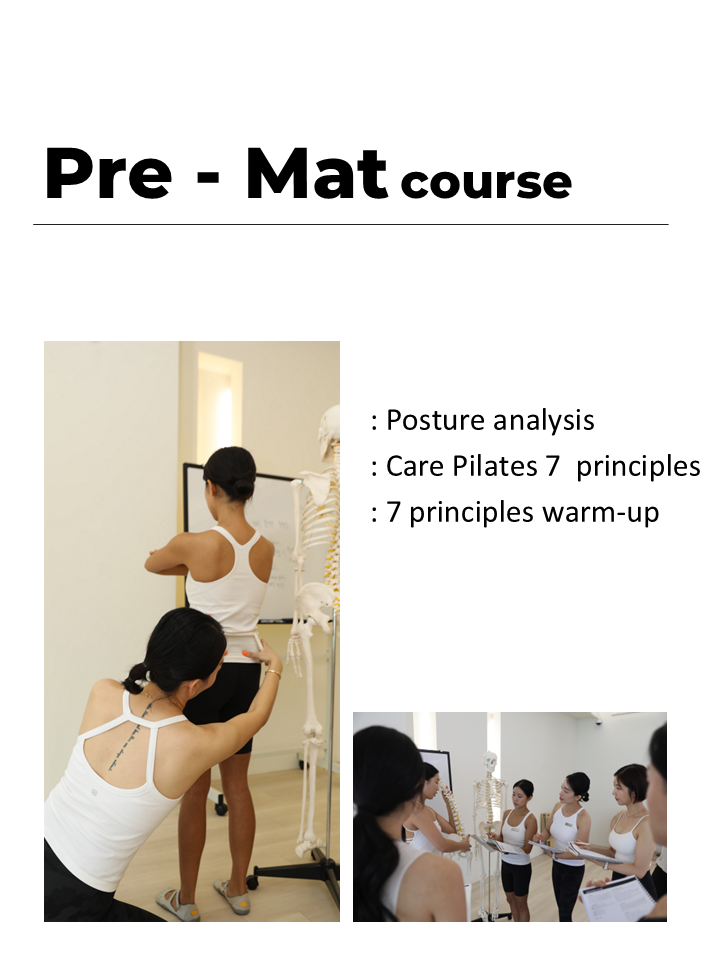
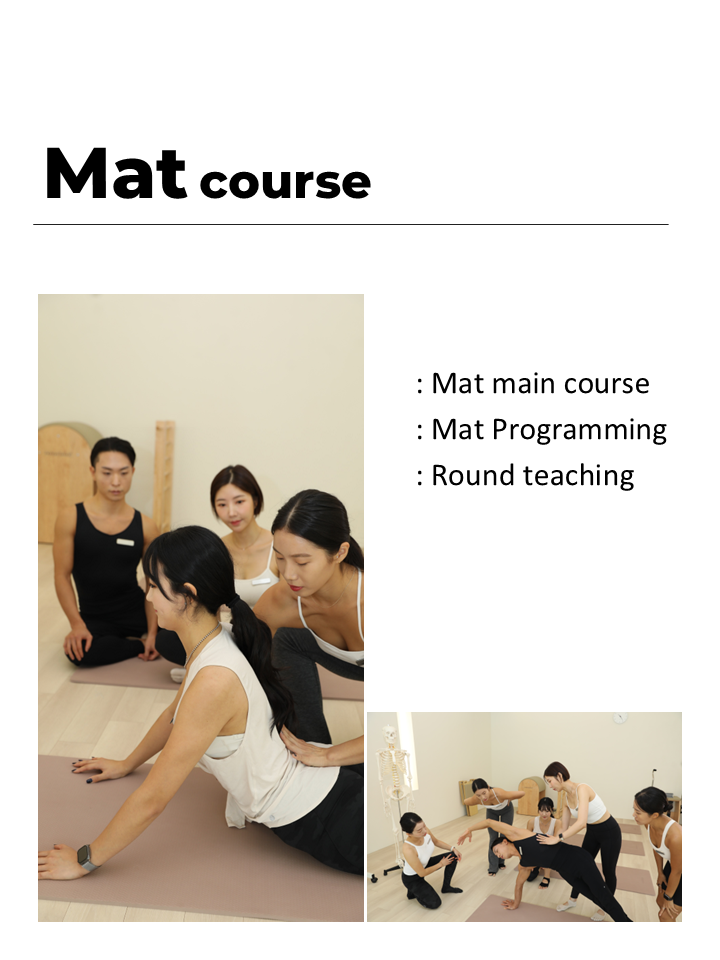
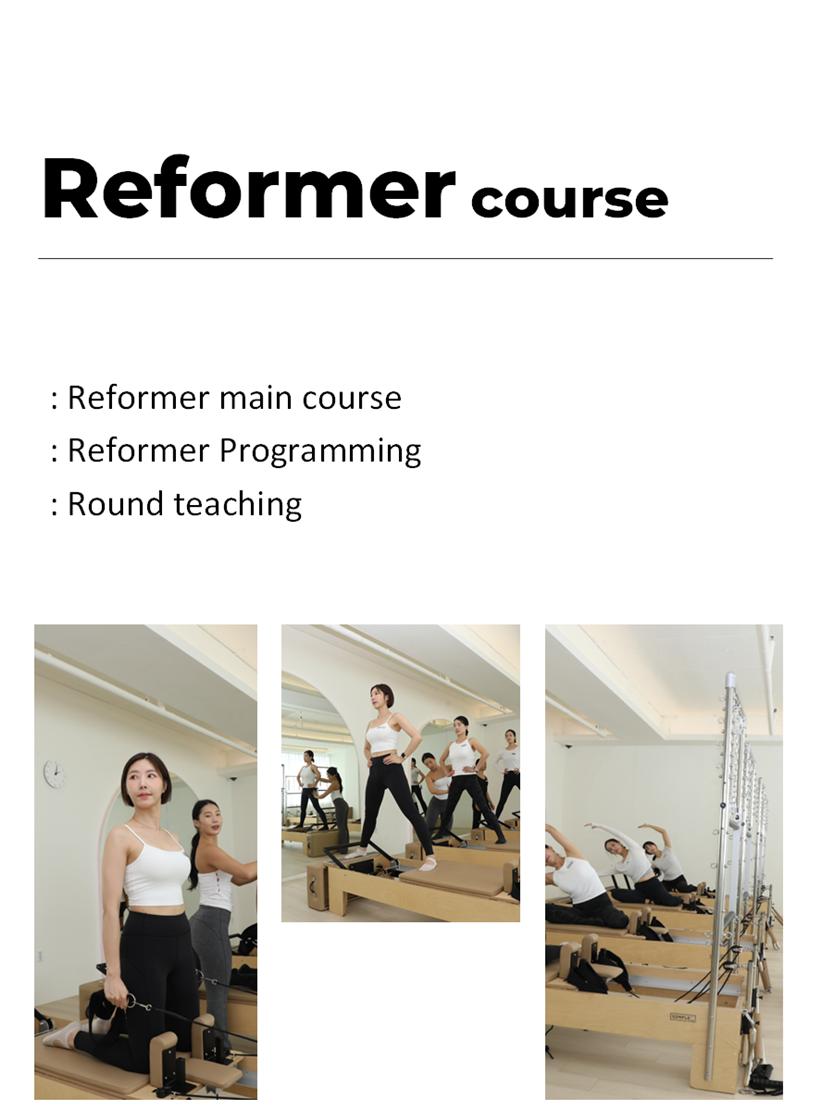
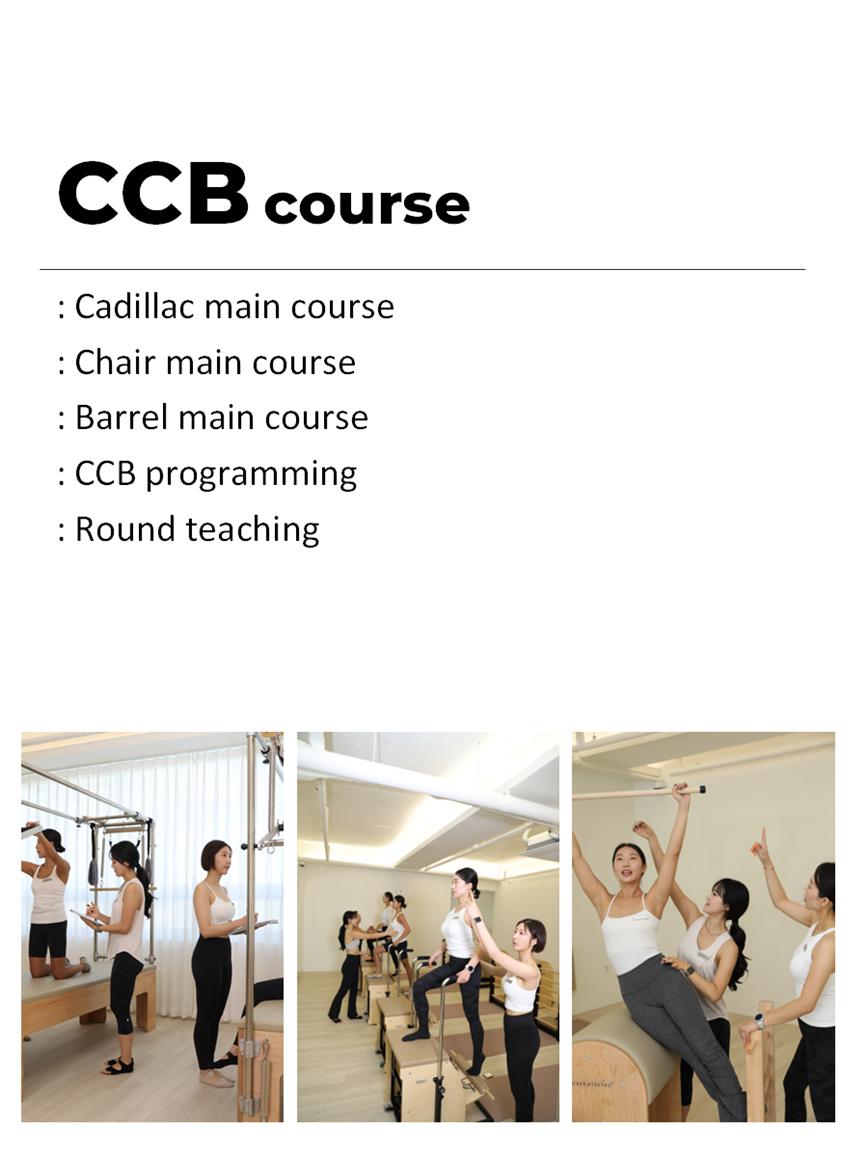
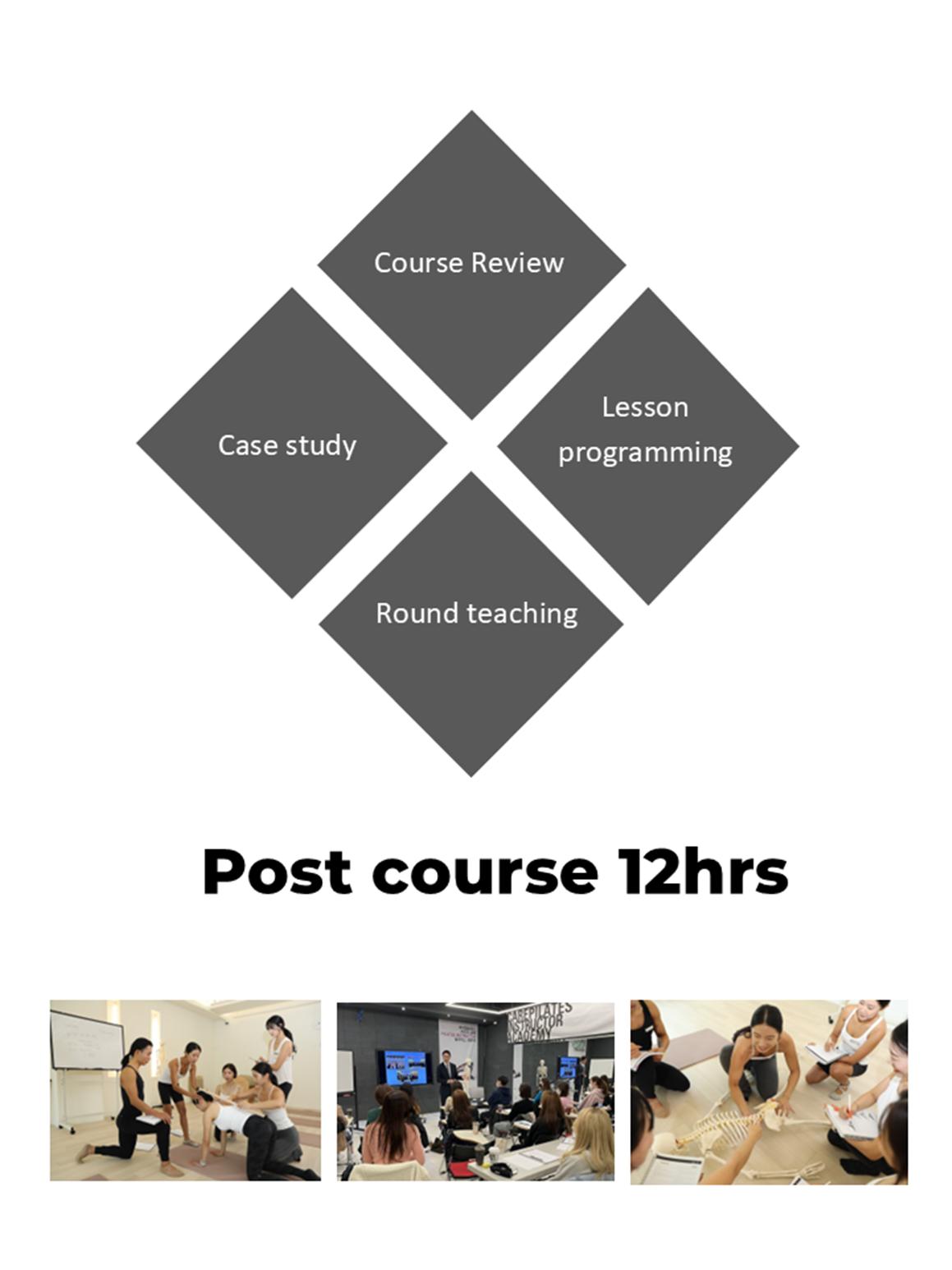
Structured support continues after course completion. Care Pilates provides the most advanced and practical post-training education in the industry.
Most Pilates programs end with how to teach a class. From there, students are expected to figure things out on their own. In contrast, Care Pilates goes beyond academic knowledge to offer comprehensive support for successful careers and business growth.
Certification includes both a written exam and a practical exam. The exam format differs slightly between Korea and international hosting centers.
In Korea: Written tests are conducted during the course, aligned with each module:
International Hosting Centers:
Passing score: 75% or above. If failed, the exam must be retaken.
Only students who pass the written exam may apply for the practical exam. It must be taken within 60 to 90 days of course completion. If a student fails to apply within 90 days, all previous written exams must be retaken from the beginning.
The practical exam is conducted in pairs (2:1 format). Each examinee must bring a practice partner who acts as the “body” (client). This partner must not be someone who studied together, but must be a trainee from the same hosting branch currently undergoing training.
This ensures that the examinee conducts a realistic, client-style session with someone unfamiliar—mimicking a real-life teaching scenario. The body will also have a chance to observe the exam setting in advance to provide a proper experience.
This format ensures a genuine skills assessment, reflecting an instructor’s ability to structure and deliver a session to a first-time client.
Practical Exam – Standard Duration: 2 Hours
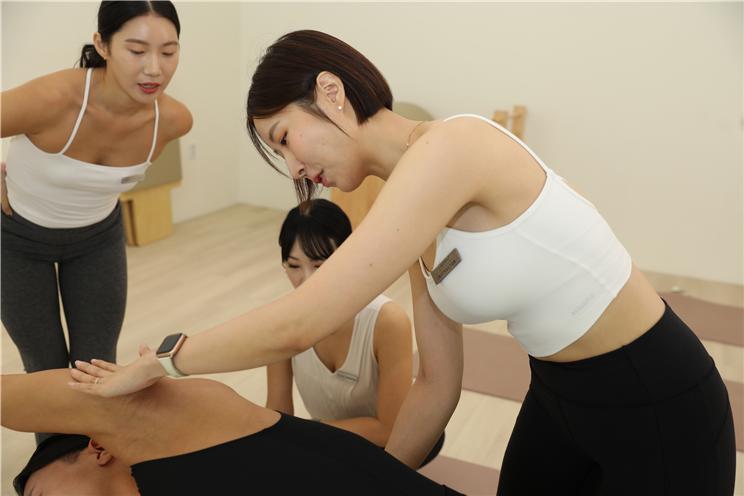
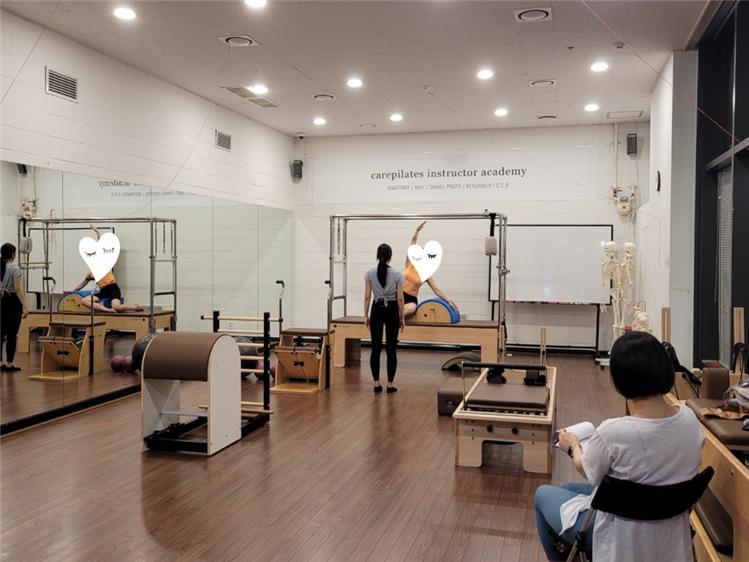
FP stands for “Facilitator Point.” It is awarded during the course to students who contribute positively to the learning environment through responsibility, leadership, cooperation, and a model attitude.
Even if a student makes occasional mistakes or receives lower scores on written exams, having an FP can help compensate for those weaknesses and strengthen their overall assessment.
Only those who have successfully completed all core training and obtained certification are eligible to apply for the internship program.
Note: This basic internship is optional and does not come with a certificate of completion.
When a Pilates studio officially recruits interns, trainees may apply. These internships go beyond the standard structure and may include specialized content for a fee, depending on the hosting center.
After completing a paid internship at an official partner center, participants will receive a Certificate of Completion.
Note: Only the paid internship program includes certification.
Korea OOO Hosting Branch